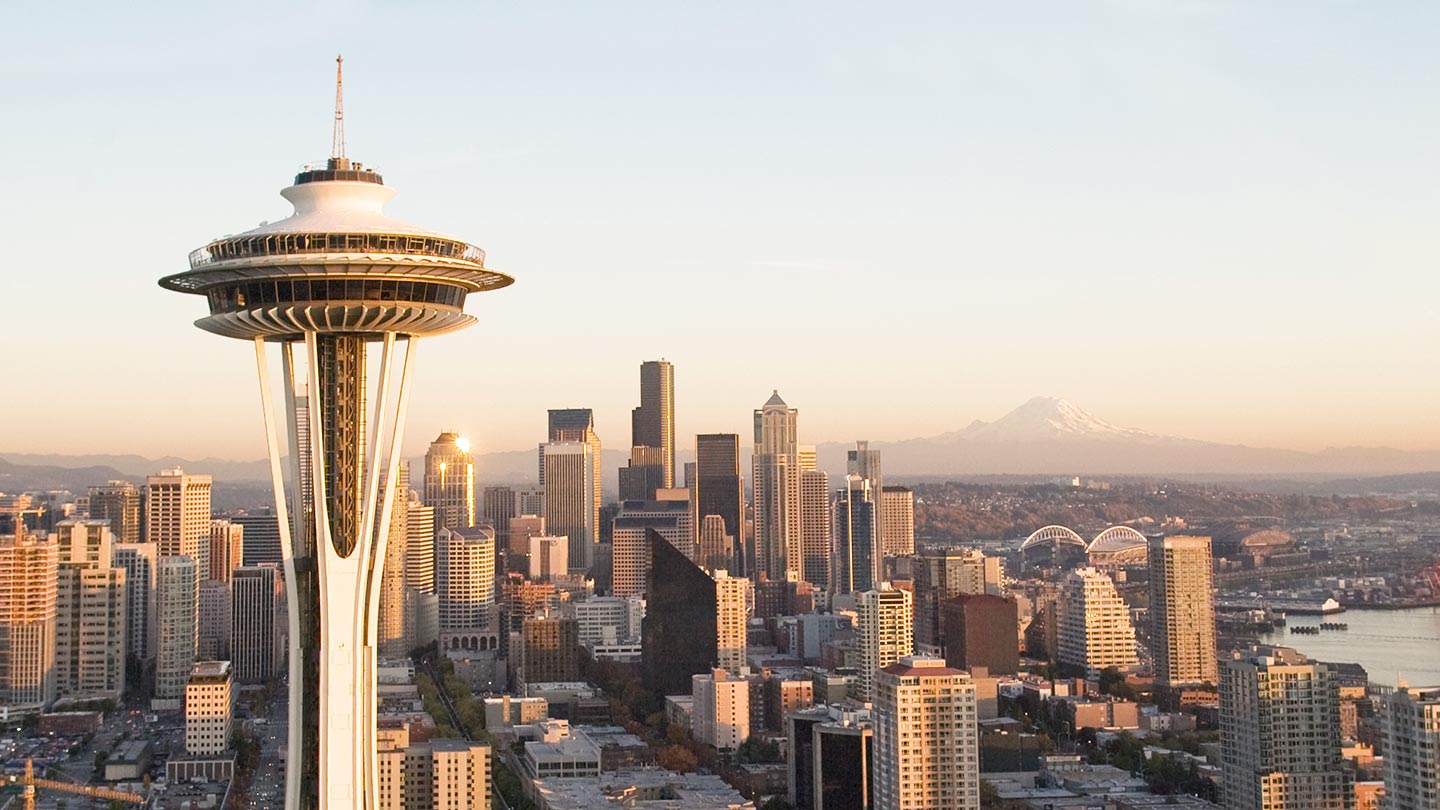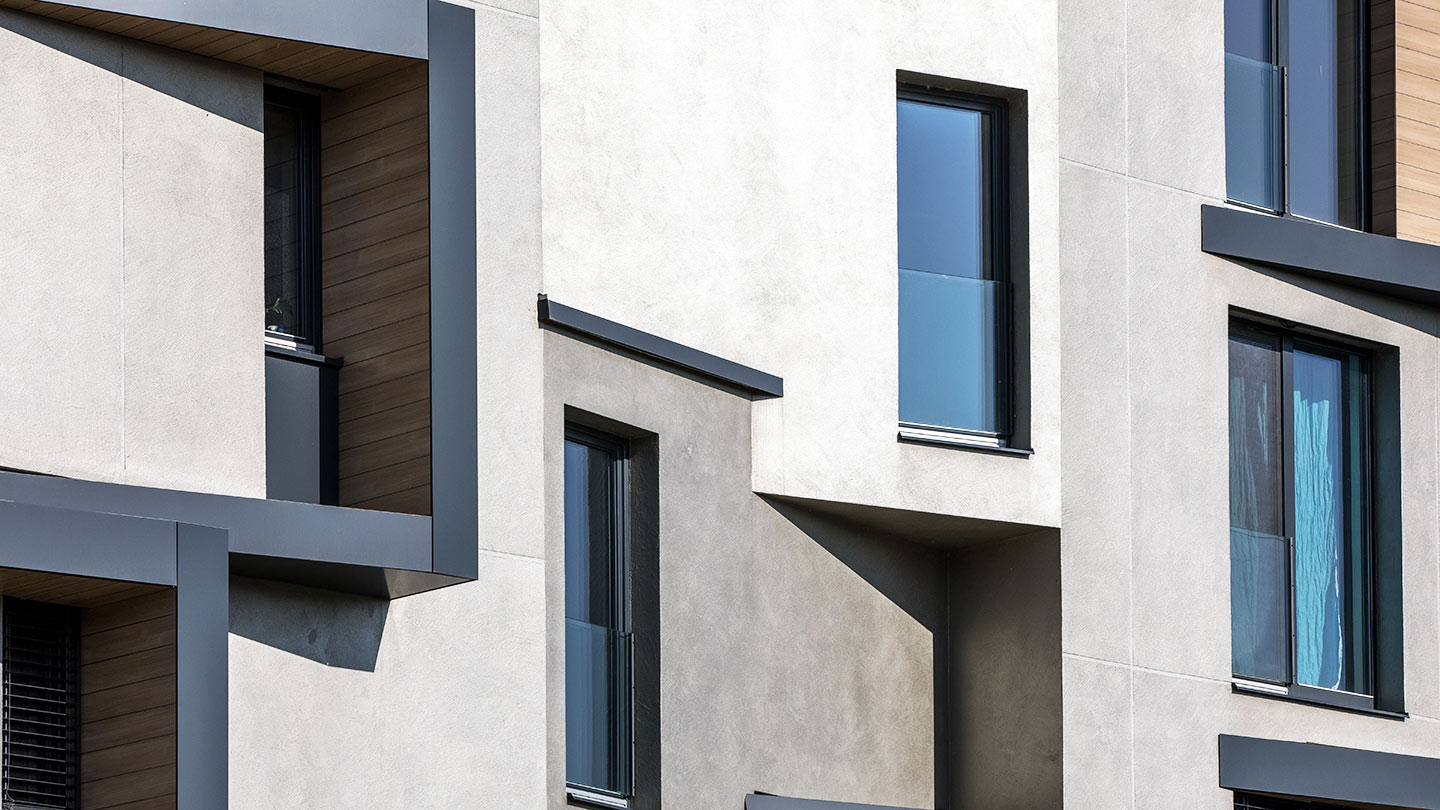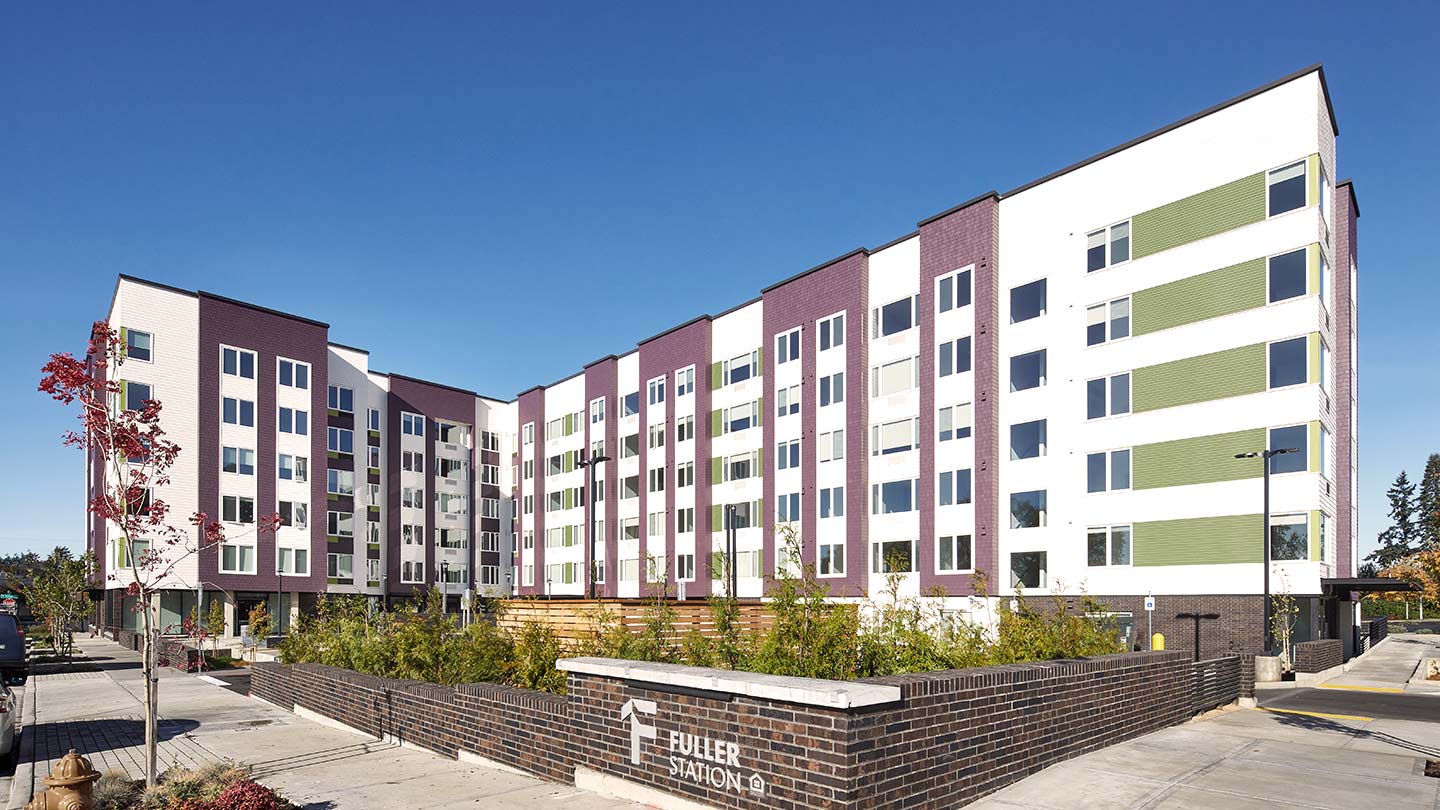
3 min read
Elevated interest rates and a construction boom have created headwinds for multifamily real estate in Seattle. But the market’s strengths are a source for optimism—especially for investors taking a long-term view.
“Given the region’s high pay scale, limited new inventory in the coming years, the prospect of lower rates and continued healthy population growth, Seattle has strong fundamentals,” said Robert McGrouther, Client Manager with Chase.
Seattle real estate trends show the market’s overall vacancy rate was 6.8% as of May, according to CoStar.
“However, that number is skewed by the newer, higher-end recent construction,” McGrouther said. “Vacancies at traditional stabilized properties were closer to 5%.”
Asking rents, meanwhile, were up 2.5% year over year, even with an influx of new units.
Interest rates slow transactions
Seattle recorded $2.2 billion in multifamily transactions over the past year, according to CoStar. That’s less than half the market’s typical annual sales over the past five years.
There are two main factors affecting Seattle multifamily sales:
- Higher interest rates: “Elevated interest rates are the main culprit,” McGrouther said. “Cap rates are generally lower than interest rates, while just a couple years ago, interest rates were about 1% below cap rates.”
- Limited inventory: When interest rates decline, property prices tend to go up. Sellers expecting rates to drop may wait to list in hopes of obtaining a higher price, he said. Limited sales due to lack of inventory also tend to keep cap rates low.
Some Seattle multifamily investors are still finding opportunities.
“Though the relationship between cap rates and interest rates is out of balance from the traditional Seattle norm, property prices are likely lower now than they will be once interest rates normalize,” McGrouther said.
Investors seeking or refinancing apartment loans may want to explore options that offer flexibility if rates decrease, such as loans with softer prepayment premiums.
“Given the region’s high pay scale, limited new inventory in the coming years, the prospect of lower rates and continued healthy population growth, Seattle has solid fundamentals.”

Robert McGrouther
Client Manager
Construction boom’s end is in sight
The Seattle multifamily market gained more than 12,000 apartments over the past year, according to CoStar.
That contributed to higher vacancy rates and dampened rent growth, McGrouther said. But the surge in construction is temporary and should wind down by the end of the year.
“Given the high cost of construction in Seattle and high rates on construction loans, there are few new projects entering the pipeline,” he said.
Many of the new buildings are higher end, meaning existing workforce and affordable properties may be insulated from the impact of new supply.
Strong outlook for employment, population growth
The Seattle region’s economy is robust, anchored by major employers including Amazon and Microsoft. That helps keep the multifamily market relatively stable, even amid economic downturns, McGrouther said.
It also attracts residents. The Seattle metro area’s population has grown 11.5% over the past decade and is forecasted to grow at twice the national rate over the next five years, according to CoStar.
Rising expenses
Inflation hasn’t spared property management expenses. Some items, such as insurance premiums, are seeing particularly large cost jumps.
In the meantime, multifamily investors can monitor other expenses that are within their control. For instance, technology investments can help enhance efficiency and reduce operating costs.
Whether you’re ready for financing or looking to streamline operations, reach out to our Seattle lending and treasury team.
JPMorgan Chase Bank, N.A. Member FDIC. Visit jpmorgan.com/cb-disclaimer for disclosures and disclaimers related to this content.







